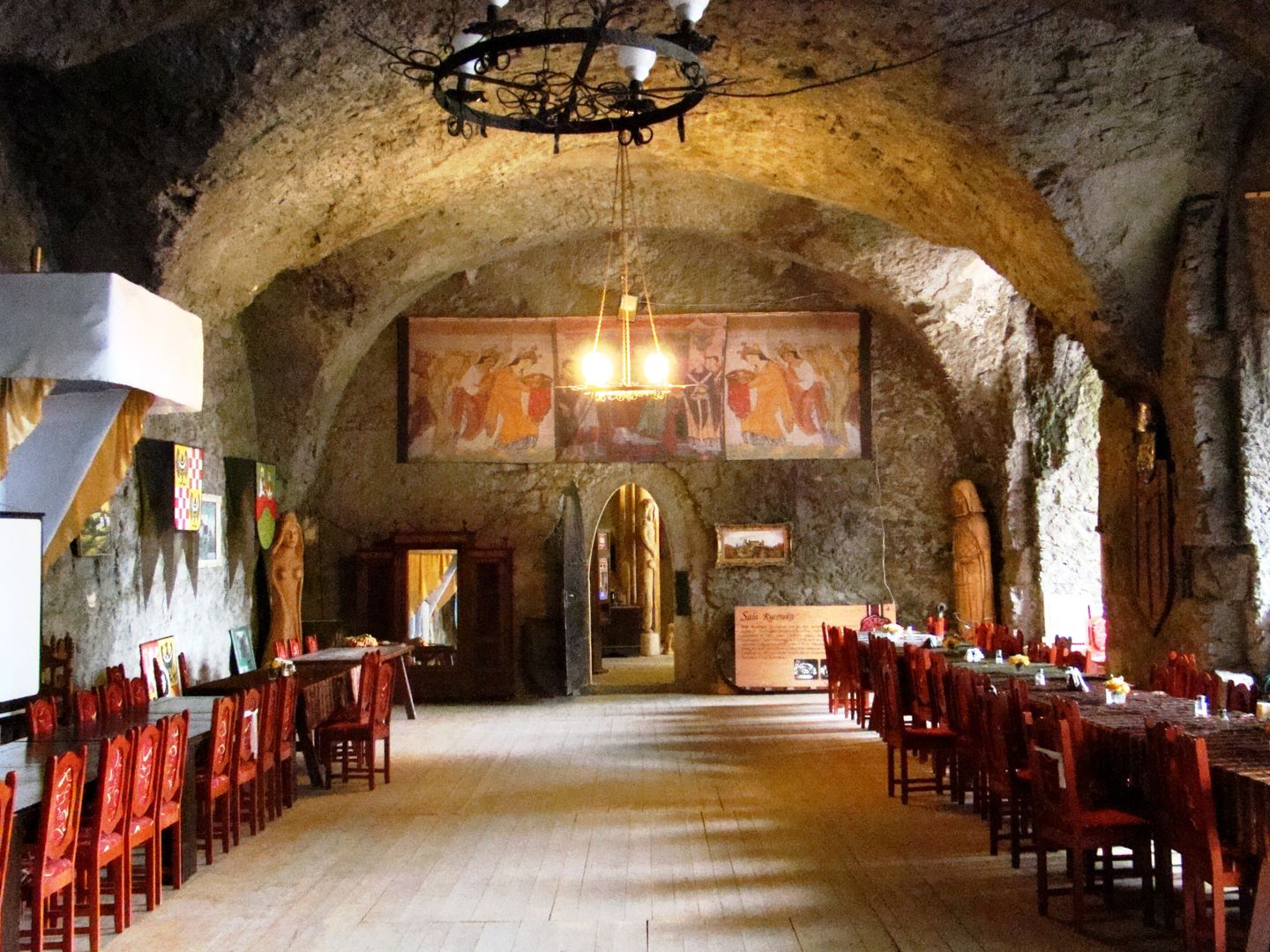Grodziec Castle
7.44

Overview
Grodziec Castle, situated atop a hill near the village of Grodziec in Lower Silesia, is a monumental late Gothic-style structure dating back to the 12th century. Built on a basalt hill, it features an irregular hexagonal layout with dominant elements such as the keep, the northern tower, and the main palace (palatium). It is characterized by walls of varying thicknesses and charming defensive features, including covered defensive galleries and crenellated turrets. The castle’s interior reflects its grandeur, with the representative "Knight’s Hall" and a chapel that preserves original Gothic decorative elements.
The castle’s history traces back to the Middle Ages when it served as a defensive stronghold. Over the centuries, it changed hands among various dukes and barons, leading to multiple expansions and transformations. In the 16th century, it underwent a thorough Renaissance-style restoration, but suffered significant damage during the Thirty Years' War. In the 19th century, the castle was renovated once again, becoming one of Europe’s earliest tourist attractions.
In 1906, restoration work began under the direction of architect Bodo Ebhardt, focusing on preserving the ruins and giving the castle its present appearance. Today, Grodziec Castle blends history with culture by hosting numerous events, including knight tournaments, festivals, and thematic workshops such as the Polish edition of "The Witcher School," making it a highly attractive tourist destination. Currently under private ownership, the castle’s rich history and architectural beauty continue to draw both local and international visitors.
Location
2025 Wizytor | All Rights Reserved